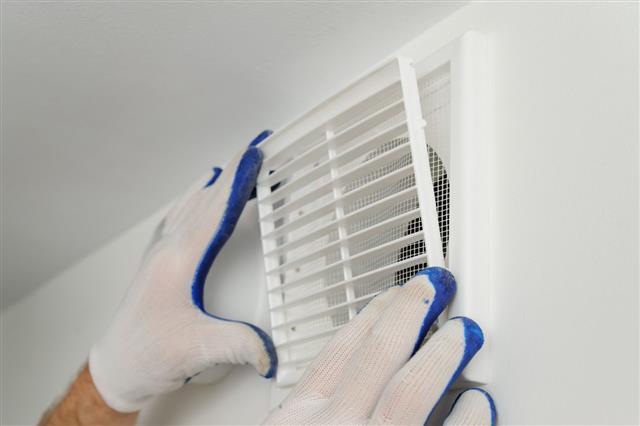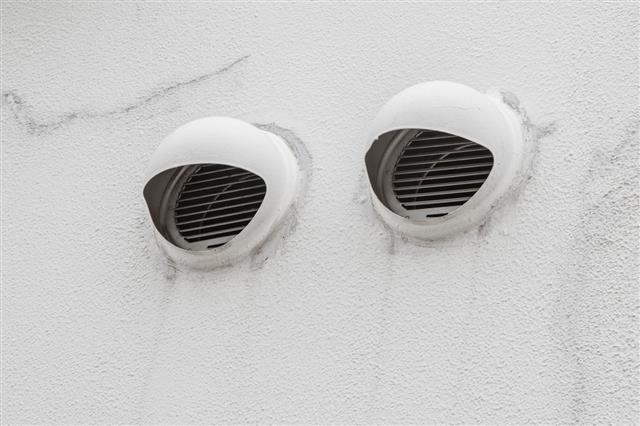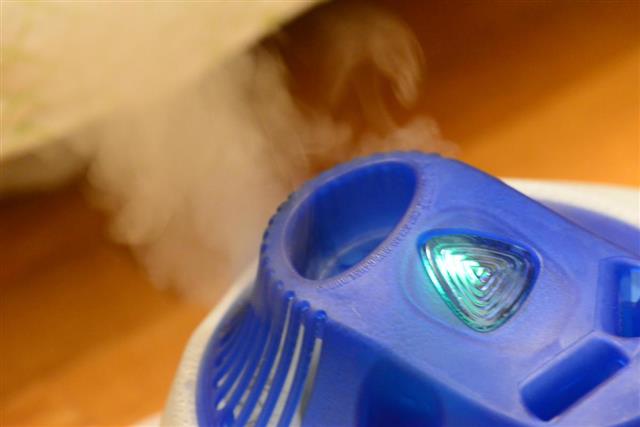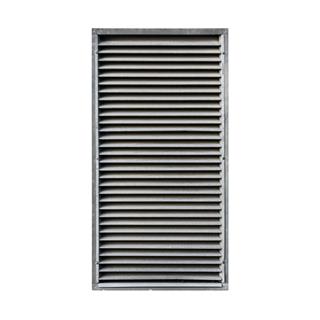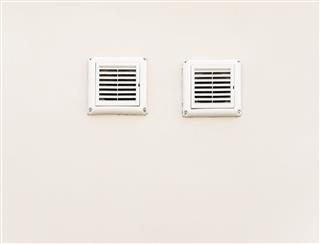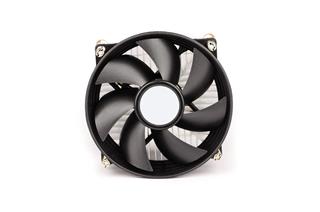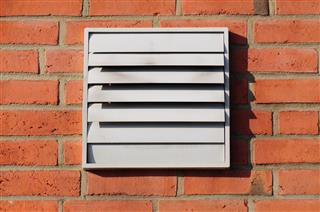
It can be bothersome to see condensation block one’s view of what’s going on outside. The added moisture in one’s space can be an uncomfortable occurrence to put up with. There’s always something that one can do when faced with an extreme humidity case.
During the monsoons or frigid winter season, condensation is a recurring occurrence which takes place when moist air comes into contact with a cool surface. Ever notice the little droplets form outside a cold glass of water? That’s because the air is not as chilled as what’s on the other side or vice verse, making the contact result in dampness.
What is Condensation?
Condensation literally means change in the physical state of matter from a gaseous to a liquid state. Condensation can be categorized into two types – exterior condensation and interior condensation. Exterior condensation occurs when moist air comes into contact with cool surfaces like glass. This kind of condensation takes place when the temperature of the glass or any cool surface is less than the dew point of air. It is commonly seen when a cool night follows a warmer day.
On the other hand, interior condensation is when there is excessive humidity within an enclosed space. This humidity manifests itself in the form of condensation on colder areas – normally, the windows. When indoors, the amount of condensation is directly proportional to the amount of hot air inside the enclosure. The more the hot air, the more moisture it will retain and the higher the condensation formed on a surface. Window condensation falls under the category of interior condensation.
Ways to Control Condensation on Windows
As inevitable as it is during times of heightened moisture in the air for condensation to form, there are ways in countering the effects of this.
Ventilating Louvers
Ventilating louvers that are open and considerably sized, should be used in the house.
Exhaust Fans
Exhaust fans should be used in the kitchen, bathroom, and laundry room. Keep the exhaust fan running for 15 to 20 minutes after a shower to help remove excess moisture trapped within a bathroom. Kitchen fans should vent air outwards.
Switching off the Humidifier
All humidifying devices in the house should be turned off when not in use. These devices should not be used excessively. When the temperature outside gets cooler, turn off all humidifiers and use dehumidifiers instead to control moisture levels.
Open Fireplace Dampers
For homes with fireplaces, fireplace dampers should be left open occasionally to allow an exit path for moisture-laden air. Firewood should never be dried inside the house.
Airing Out the House
Airing out an entire house is advisable for a while during the day.
Glazed Windows
Storm windows or replacement windows that have double or triple glazing should be installed.
Clear Ducts and Vents
Ducts and vents should be clear of any blockage.
Air Exchange System
An air exchange system should be added to the heating system of a house.
In-door Plants
Plants should be kept away from windows.
Covered Sources of Humidity
Sources of humidity such as water buckets, plants, fish tanks, etc. should be kept covered.
Window sizes are also an important factor responsible for the rate of condensation. The larger the size of the window, the more will be the condensation rate.
